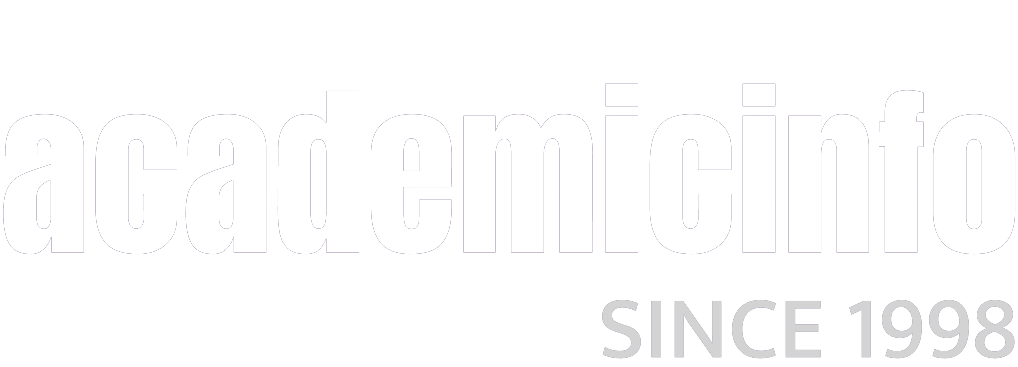USMLE Preparation
Introduction to USMLE Preparation
Preparing for the USMLE-the United States Medical Licensing Examination-starts almost before you take the MCAT. During your years pursuing a bachelor's degree, you have been exposed to at least rudimentary elements of most of the USMLE material. Required for all accredited universities, internships, programs, residencies, and eventual job offerings, the USMLE will be arguably the most important work week of your medical school career. Thankfully, that solid week of testing doesn't happen all at once.
USMLE Preparation FAQs
What do I need to know to be prepared for the USMLE?
The USMLE is divided into three steps. To earn the highest possible score on each step, take your schooling seriously. On top of that, find and use practice exam questions. Start with free online options before looking into distance learning courses or additional classroom work. You're going into patient diagnosis for your career; take time to diagnose yourself and decide how much external preparation you need to confront this exam.
What can I expect from USMLE Step 1 and appropriate preparation?
Step 1 consists entirely of multiple-choice questions, lasts for eight hours, and covers pharmacology, anatomy, microbiology, and related topics. It is taken near the end of your second year in your MD program and therefore closely follows what you learn in the classroom. It is probably the easiest step to prepare for using distance learning. Many of the questions include audio or video segments; distance education courses will supply samples with the software packages. Once you reach Step 2, however, the tenor of the exam changes.
What can I expect from USMLE Step 2 and appropriate preparation?
Taken usually during your fourth year of medical school, the USMLE Step 2 is divided into two segments. The first segment is a nine-hour multiple choice exam that covers clinical knowledge. You will want to use the same self-diagnostic approach as you did with Step 1. The second segment covers clinical skills. It is administered only in one of five cities across the nation and involves completing medical histories, diagnosing health conditions, and writing patient notes-all within a time limit. Familiarize yourself extensively with the necessary procedures.
What can I expect from USMLE Step 3 and appropriate preparation?
USMLE Step 3 is taken at the end of the first year of residency. It is a two-day exam. Day one is similar in format to Step 1; having taken and passed Step 1, you already have an edge on preparation. For other preparation options, continue looking for online helps and consider a distance education course. While your residency builds job skills by involving more hands-on work than your initial four years, make sure you continue your studies as well.
Day two in USMLE Step 3, however, needs those very job skills. While it contains a few hours of multiple choice questions, the main thrust is in patient simulations. Via computer, you virtually monitor a patient's health, prescribe medicines, and administer procedures. Take every opportunity to learn from your hands-on experiences before the exam. Earning a passing score takes proper training just as much as it takes test preparation strategies. Ultimately, that is the case for the whole USMLE: apply yourself and determine where your knowledge gaps are, then use online test preparation, distance learning courses, or additional classroom tutoring to fill those gaps and pass the exam.
